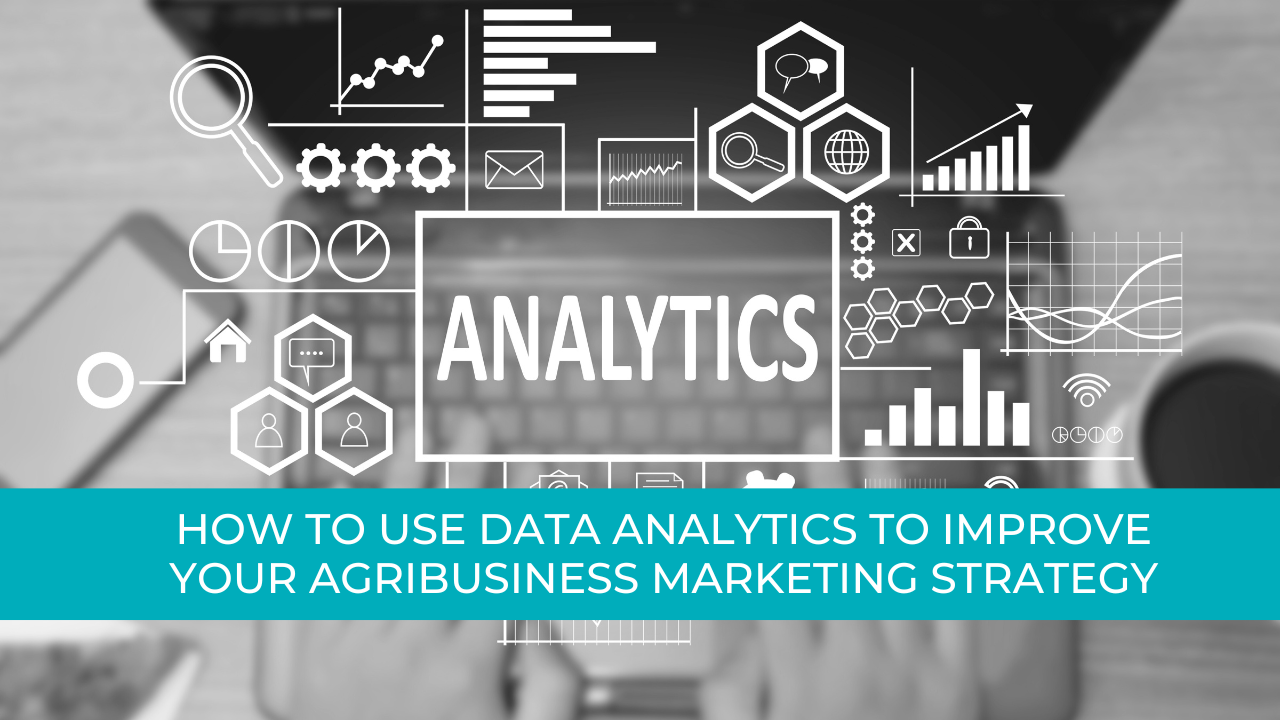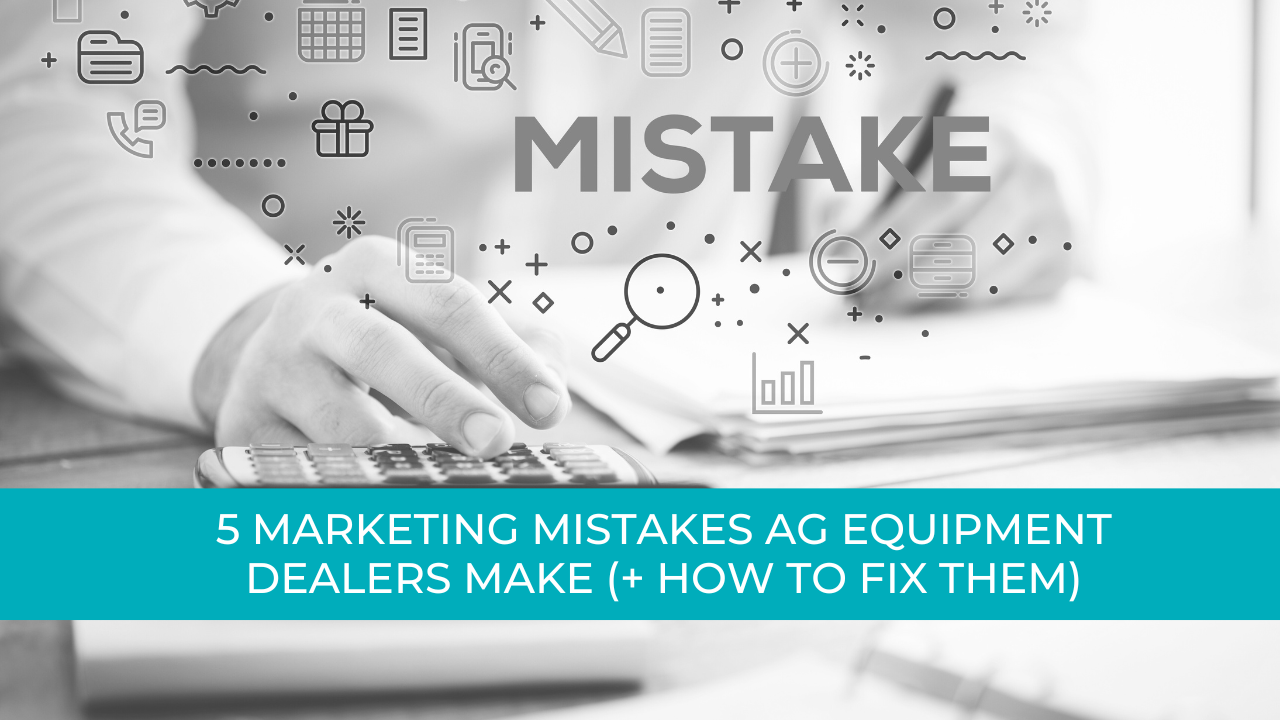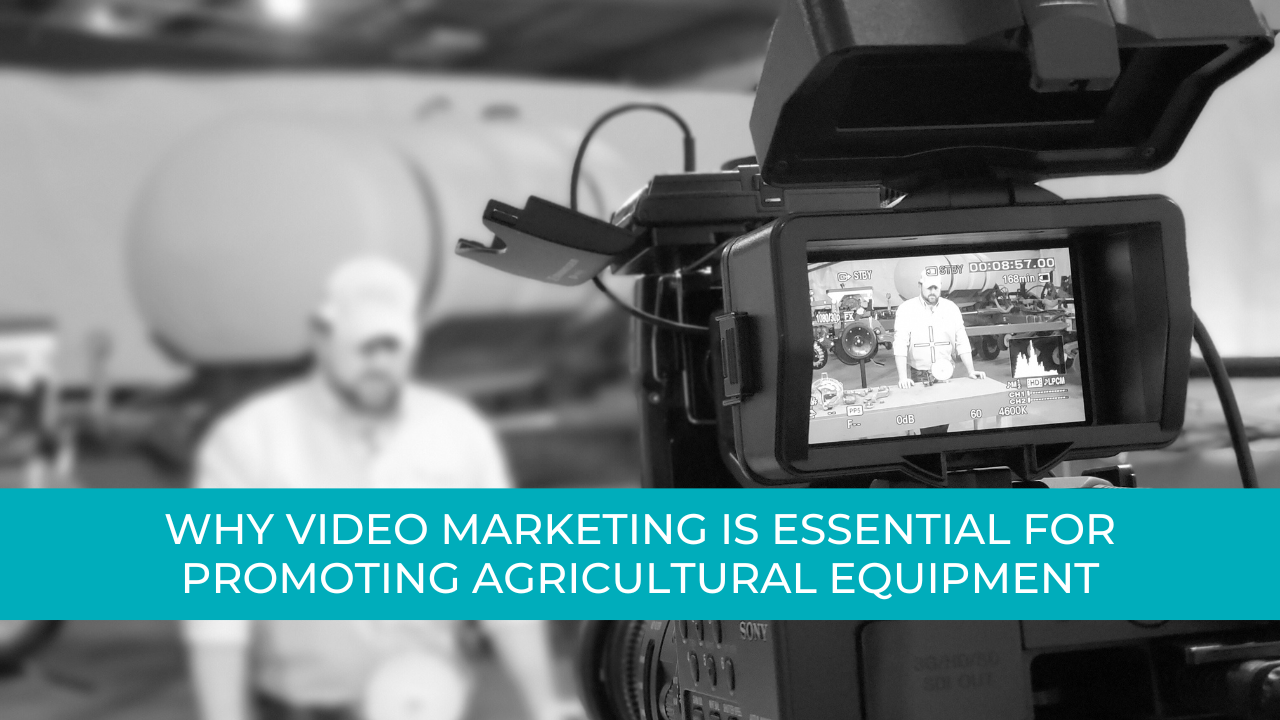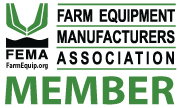Agtivation Blog
What's New In The Digital Ag World
How to Use AI for Farm Equipment Customer Segmentation
In today's competitive agricultural market, understanding your customer base is essential for
success. By harnessing AI technology, you can effectively segment your farm equipment
customers into distinct groups based on their behaviors and preferences. This analytical
approach not only enhances your marketing strategies but also enables you to respond
proactively to shifting demands. However, to fully leverage AI in this process, you need to grasp
the foundational elements of customer segmentation. What does that entail?

Key Takeaways
● Utilize AI to analyze large datasets, identifying patterns in customer demographics,
preferences, and purchasing behavior specific to farm equipment.
● Implement predictive modeling to forecast future buying habits of distinct customer
groups like commercial farmers and hobby farmers.
● Conduct sentiment analysis using AI tools to gauge customer emotions towards
products, improving engagement and marketing strategies.
● Automate the segmentation process with advanced AI algorithms, ensuring efficiency
and real-time updates on customer profiles and market trends.
● Continuously monitor performance metrics to assess the effectiveness of segmentation
strategies and align offerings with evolving customer expectations.
Understanding Customer Segmentation in Agriculture
Customer segmentation is like putting together a puzzle. You need to analyze various pieces to
understand the bigger picture of your market. By identifying customer needs, you can tailor your
offerings effectively. Start by examining characteristics such as demographics, purchasing
behavior, and preferences. This analysis helps you group customers who share similar traits
and respond to market trends. For instance, some farmers may prioritize efficiency, while others
focus on sustainability. Recognizing these distinctions allows you to create targeted marketing
strategies that resonate with each segment. In doing so, you enhance customer satisfaction and
loyalty, ultimately driving sales. Understanding these elements lays the groundwork for a robust
segmentation strategy that meets the evolving demands of the agricultural landscape.
The Role of AI in Customer Segmentation
AI plays an essential role in understanding your audience by analyzing vast amounts of data to
identify patterns and preferences among your customers. This insight allows you to tailor
marketing strategies that resonate with specific segments, increasing engagement and
conversion rates. By leveraging AI, you can create a more personalized experience that meets
the unique needs of each group within your customer base.
Understanding Your Audience
Understanding your audience is essential for any agricultural business looking to thrive in
today's digital landscape. By leveraging AI for customer segmentation, you can gain valuable
insights into audience demographics and customer preferences. This information allows you to
tailor your marketing efforts more effectively. Here are three key aspects to evaluate:
1. Demographic Analysis: Use AI to analyze the age, location, and occupation of your
customers, helping you identify trends and target specific segments.
2. Behavioral Insights: AI can track customer interactions, revealing preferences and
purchasing behaviors that inform your strategy.
3. Predictive Modeling: Implement AI to forecast future customer needs based on
historical data, enabling proactive engagement.
Tailoring Marketing Strategies
When you tailor your marketing strategies using insights gained from customer segmentation,
you can create more effective and targeted campaigns. By analyzing customer needs, you can
identify specific pain points and preferences, allowing you to craft messages that resonate
deeply. AI can help you track market trends, ensuring your strategies remain relevant and
timely. For instance, if data shows a growing interest in sustainable farming equipment, you can
adjust your messaging to highlight eco-friendly features. Additionally, segmenting your audience
helps in personalizing offers, making your outreach more appealing. This focused approach not
only enhances customer engagement but also improves conversion rates, ultimately driving
growth for your agricultural business.
Identifying Key Customer Groups for Farm Equipment
Identifying key customer groups for farm equipment can greatly enhance your marketing efforts
and improve your overall sales strategy. Understanding customer demographics and equipment
preferences helps you tailor your approach effectively. Here are three key customer groups to
evaluate:
1. Commercial Farmers: They often seek high-performance machinery tailored to large-
scale operations and efficiency.
2. Hobby Farmers: This group prefers smaller, user-friendly equipment, often focused on
sustainability and ease of use.
3. Agricultural Contractors: They require versatile and durable equipment that can
handle various tasks and meet diverse client needs.
Collecting Data for Effective Segmentation
To effectively segment your farm equipment customers, you need a clear understanding of your
audience and relevant data to inform your strategies. Start by gathering information on customer
behaviors, preferences, and demographics. This data not only helps you tailor your marketing
efforts but also guarantees you're addressing the specific needs of each segment.
Understanding Your Audience
Understanding your audience is essential in crafting effective customer segments that resonate
with your agricultural business. By focusing on customer needs and market trends, you can
create targeted strategies that truly connect. Here are three key areas to evaluate:
1. Demographics: Gather information on age, location, and farming practices to better
understand who your customers are.
2. Preferences: Identify what equipment features or services customers prioritize, helping
you tailor your offerings.
3. Feedback: Regularly solicit feedback to gauge satisfaction and adapt to changing
needs, ensuring your segments remain relevant.
Gathering Relevant Information
Gathering relevant information is essential for effective customer segmentation, as it allows you
to pinpoint who your customers really are. Start by collecting customer insights from various
sources, such as surveys, purchase history, and website analytics. This data helps you
understand customer preferences and behaviors. Additionally, keeping an eye on market trends
aids in identifying shifts in customer needs and emerging opportunities. Utilize AI tools to
analyze this data efficiently, providing you with actionable insights. By segmenting your
customers based on these findings, you can tailor your marketing strategies to address specific
groups more effectively. This targeted approach not only improves engagement but also
enhances your overall marketing ROI, leading to better business outcomes.
Analyzing Customer Behavior With AI
How can you truly know what your customers want? Analyzing customer behavior with AI can
reveal deep insights into their preferences and behavioral trends. By leveraging AI tools, you
can identify patterns that help you understand their needs more clearly. Here are three key
approaches:
1. Data Mining: Use AI algorithms to sift through extensive datasets, uncovering hidden
trends in purchasing behavior.
2. Predictive Analytics: Implement models that forecast future buying habits based on
historical data, allowing for proactive engagement.
3. Sentiment Analysis: Analyze customer feedback and social media interactions to
gauge emotions and attitudes towards your brand.
Tailoring Marketing Strategies for Each Segment
When you tailor your marketing strategies to specific customer segments, you create a more
meaningful connection with your audience. Understanding customer preferences is essential; it
allows you to craft messages that resonate with each segment's unique needs and values. By
aligning your marketing efforts with these preferences, you guarantee that your campaigns are
not only relevant but also effective. For example, if one segment prioritizes sustainability,
highlight eco-friendly practices in your messaging. Conversely, if another values efficiency,
focus on time-saving features of your farm equipment. This marketing alignment fosters loyalty
and encourages engagement, leading to better conversion rates and stronger customer
relationships. Ultimately, personalized strategies position your brand as a trusted partner in their
agricultural journey.
Leveraging Insights to Improve Customer Relationships
While understanding your customers is essential, leveraging insights from their behaviors and
preferences can greatly enhance your relationships with them. By analyzing customer data, you
can tailor your approach to meet their specific needs. Here are three strategies to help you
leverage these insights effectively:
1. Personalize Communication: Use customer preferences to craft targeted messages
that resonate with individual segments, increasing engagement.
2. Anticipate Needs: Stay ahead of market trends by predicting what customers may want
next, allowing you to adjust your offerings proactively.
3. Feedback Loop: Regularly solicit feedback to refine your understanding of customer
preferences, ensuring you remain aligned with their evolving expectations.
Implementing these strategies will foster stronger, more meaningful relationships with your
customers.
Implementing AI Tools for Ongoing Segmentation
To effectively engage your customers, implementing AI tools for ongoing segmentation can
transform how you understand and reach them. By utilizing advanced AI algorithms, you can
analyze customer data in real-time, allowing for dynamic segmentation methods that adapt to
changing preferences and behaviors. These AI tools help you identify patterns, such as
purchasing habits and engagement levels, which can refine your marketing strategies.
Furthermore, you can automate segmentation processes, freeing up time for deeper analysis
and enhancing your targeting efforts. Regularly updating your segmentation based on AI
insights guarantees you stay relevant and responsive to customer needs, ultimately driving
better engagement and increasing sales in the competitive farm equipment market.
Best Practices for Successful Customer Segmentation in
Agriculture
Understanding your customers is the foundation of effective marketing, especially in agriculture.
To successfully segment your customer base, focus on creating detailed customer profiles that
reflect their unique needs and preferences. Here are some best practices:
1. Analyze Market Trends: Stay informed about industry developments to align your
offerings with customer expectations.
2. Utilize Data-Driven Insights: Leverage AI tools to gather and analyze data, ensuring
your segmentation is based on actual behaviors and preferences.
3. Test and Refine Segments: Continuously evaluate the effectiveness of your segments
and adjust your strategies based on feedback and results.
Frequently Asked Questions
What Are the Benefits of Customer Segmentation for Farm Equipment
Sales?
Understanding customer segmentation for farm equipment sales helps you identify market
trends and demographic insights. You'll tailor your marketing strategies, increase engagement,
and boost sales by targeting specific customer needs effectively.
How Can AI Improve Targeting Accuracy for Marketing Campaigns?
AI enhances targeting accuracy for marketing campaigns by utilizing data analytics. You'll
benefit from personalized marketing strategies that focus on customer preferences, ensuring
your messages resonate more effectively and reach the right audience at the right time.
What Types of Data Should I Collect for Segmentation?
To truly access marketing magic, collect demographic data and purchase history. These
insights let you tailor your approach, ensuring you connect with customers effectively and boost
engagement, making your efforts more impactful than ever.
How Often Should I Update My Customer Segments?
You should update your customer segments regularly to guarantee accuracy. Depending on
changes in behavior, consider monthly or quarterly frequency updates. Keep in mind that
segment lifespan can vary based on market dynamics and customer needs.
Can Small Farms Benefit From Customer Segmentation Strategies?
Yes, small farms can greatly benefit from customer segmentation strategies. By using
segmentation tools, you can effectively address small farm challenges, tailoring your marketing
efforts to specific customer needs and improving engagement and sales.
Final Thoughts
Incorporating AI into your customer segmentation strategy for farm equipment isn't just
beneficial; it's revolutionary! By understanding and analyzing farmer behavior with pinpoint
accuracy, you can tailor marketing efforts so precisely that it feels like you're reading their
minds. This level of insight transforms your customer relationships and skyrockets engagement
rates beyond imagination. Embrace AI tools and watch as your segmentation efforts not only
meet expectations but exceed them in ways you never thought possible!














